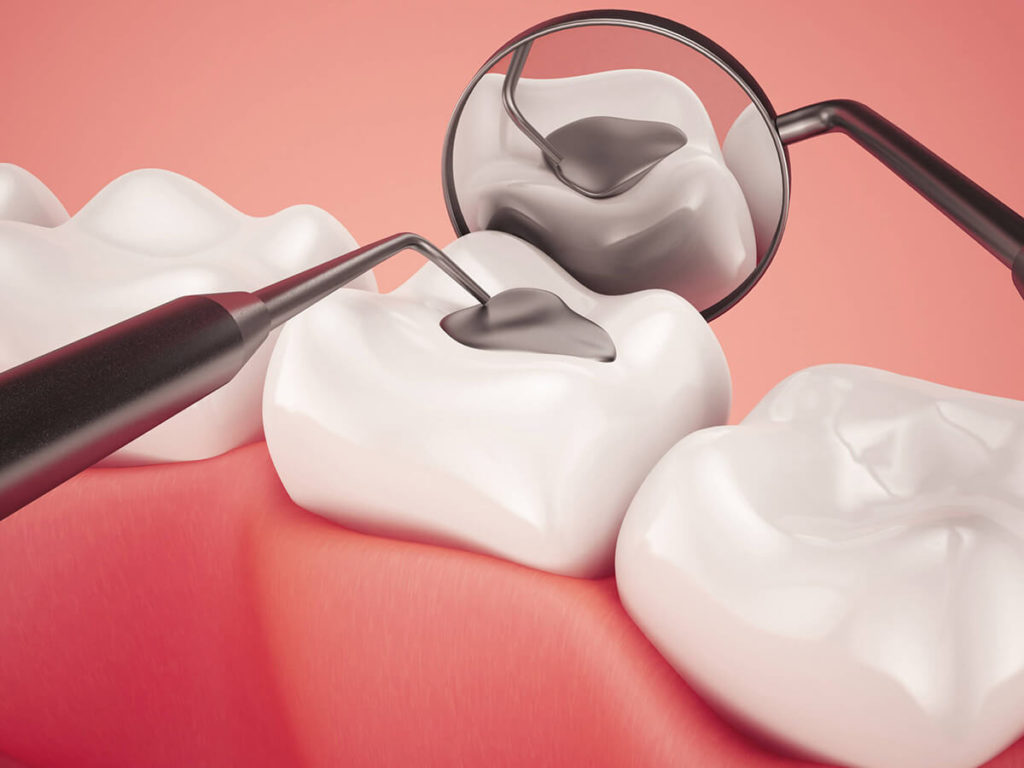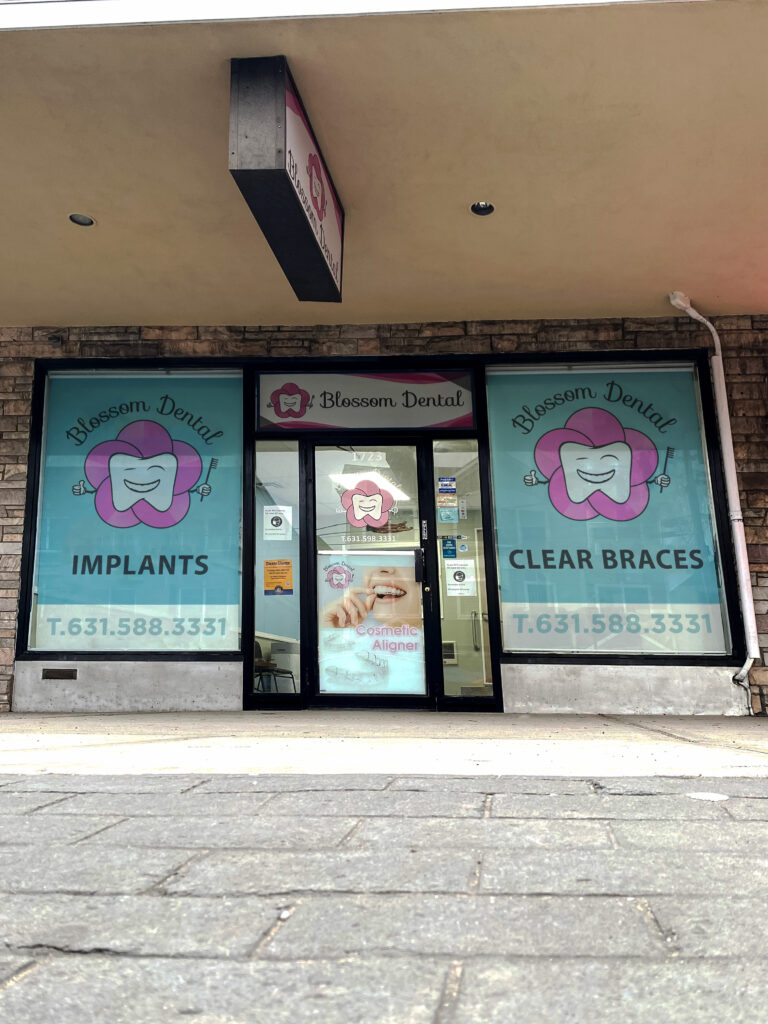Fillings and Sealants
Tooth decay and cavities are common dental issues. Receiving a tooth-colored filling to restore your tooth helps prevent the problem from developing into something worse.
Tooth Fillings and Sealants
What is a tooth filling?
A filling is a simple restoration procedure primarily used to restore cavities or other mild decay or deterioration. Fillings are extremely common and have a high success rate. We offer options for composite fillings and amalgam fillings—both are safe. Which type we use depends on your needs, but we commonly use composite fillings because they are tooth-colored and appear more natural for teeth that are visible and easier for others to see or notice.
What are dental sealants?
Sealants are a thin coating that is painted on teeth to protect them from cavities, they are typically used in children, but can be used in adults as well. This preventative treatment lowers the chances of developing cavities in the deep chewing surfaces of your back teeth. Because these grooves, pits, and fissures are narrow and difficult to clean with a toothbrush, they’re some of the areas that develop cavities first. By placing sealants over your chewing surfaces, we essentially create a shallower area that’s smoother and easier to clean with a toothbrush. That way there’s little to no residual bacteria left inside of the grooves following your typical brushing routine. Sealants are a quick and affordable option to preventing cavities and tooth fillings.

-
How do cavity fillings work?
Cavity and tooth fillings are required to repair holes left in teeth due to tooth decay. Left unchecked, decay will continue to spread and damage the tooth. During the filling procedure, dentists clean away decay inside of a cavity, usually with a drill to prevent further damage. But this doesn’t fix the damage that has already been created, so a filling is necessary. Fillings replace the part of the tooth that is missing or destroyed by tooth decay. The dentist molds the filling to match the shape of the surrounding tooth, which restores the strength and integrity of the tooth and prevents further decay.
-
What is a dental sealant?
Sealants give us a tool that can dramatically reduce the number of fillings placed in permanent teeth during critical stages of growth and development. On the chewing surface of molars, deep grooves reach into the center of the teeth. Under a microscope, these crevices might look like a deep canyon. In fact, most of them are narrower than a single toothbrush bristle but wide enough for bacteria to hide. It’s easy to see how cavities can form in such a perfect hideout.
If the grooves in permanent molars are sealed at a young age, the risk of decay occurring on the chewing surfaces decreases dramatically. Fortunately, this procedure can be done quickly and without any discomfort. If the grooves are free of cavities, they can be gently cleaned out and conditioned for bonding. Then a resin material is flowed into the grooves and sealed quickly with a blue activating light. Within a few minutes, the permanent molars receive a protective measure against cavities.
-
Who qualifies for dental sealants?
Sealants are designed for healthy teeth that have yet to develop cavities. In most cases, they’re placed on permanent molars shortly after they come in (around the ages of 6 and 12, respectively). However, adults can choose to get sealants too. It may be that their childhood sealants came off or they’re starting to develop cavities in other teeth for the first time.
Investing in affordable dental sealants can help you prevent more extensive (and expensive) oral health treatments in the future.
-
Should I have tooth sensitivity after a filling?
When you get a filling, the area around the infected tooth is numbed by your dentist. As a result, you likely won’t feel anything for an hour or two after your appointment but once the numbing wears off it is typical to feel pain in your teeth and gums.
Pain is common when drinking or eating anything that is hot or cold. It is also common when you brush or floss near the infected tooth. Tender gums are also typical after getting a cavity filled.
Minimize Tooth Sensitivity
You can reduce the sensitivity in your teeth and gums by:
- Taking an anti-inflammatory drug, like Advil or Motrin
- Temporarily avoiding hot, cold, or acidic foods and beverages such as fruit, wine, and yogurt
- Brush and floss more gently
- Use a desensitizing toothpaste like Sensodyne or Colgate Sensitive
More Questions?
If you have more questions about tooth fillings and sealants, please contact our office and we will be happy to discuss further.
